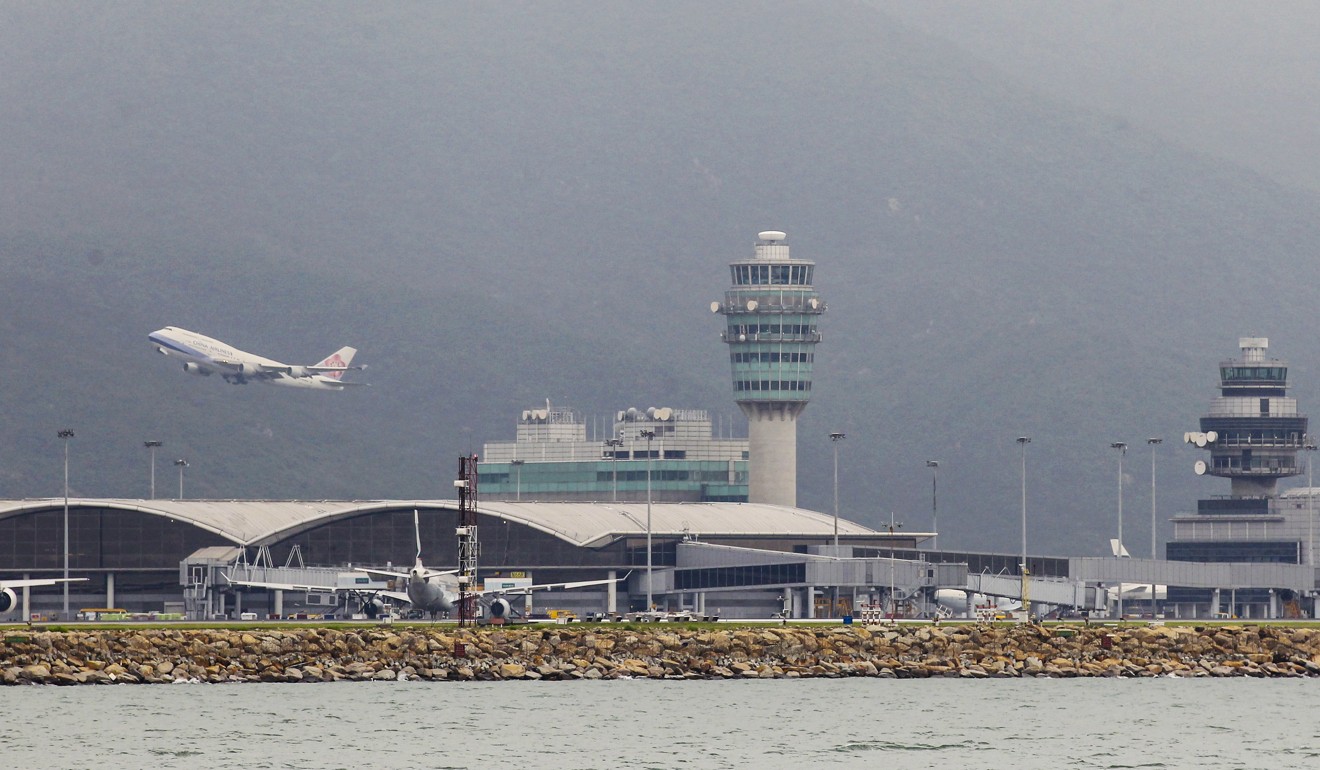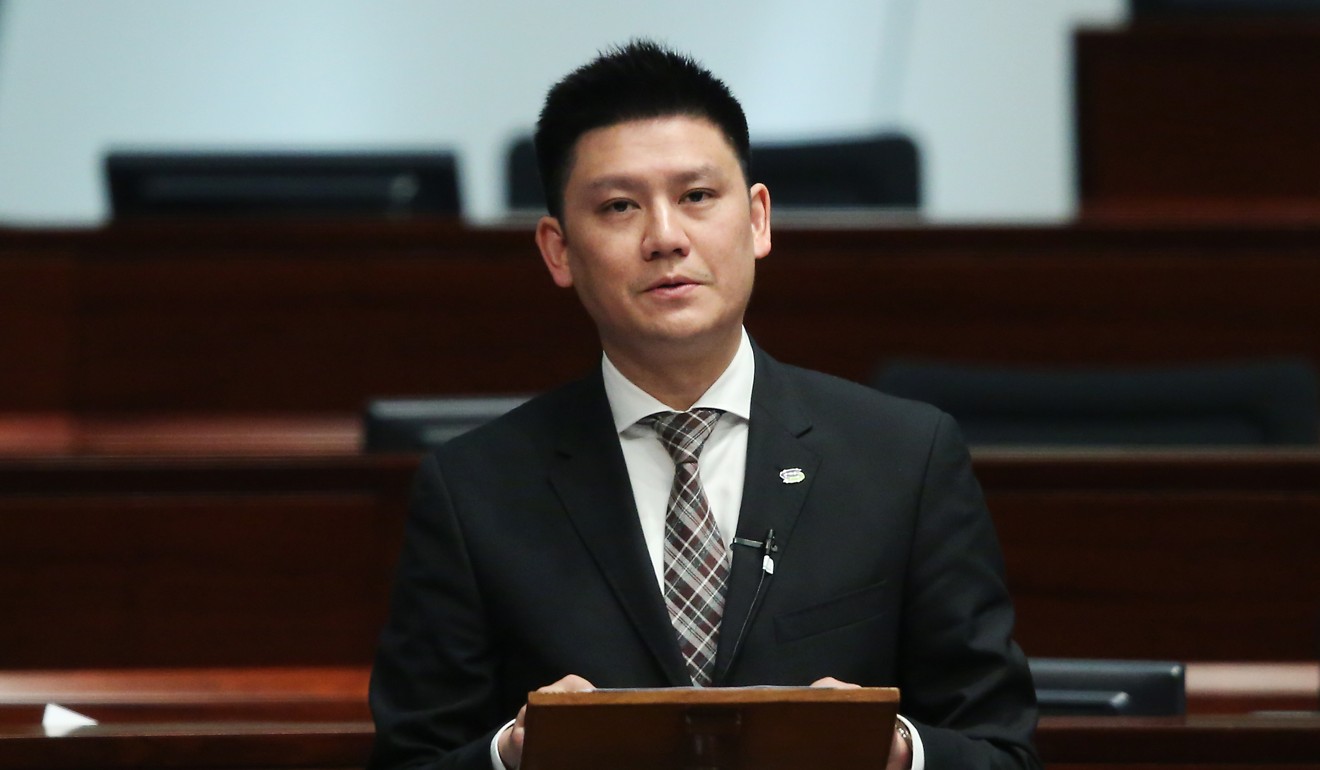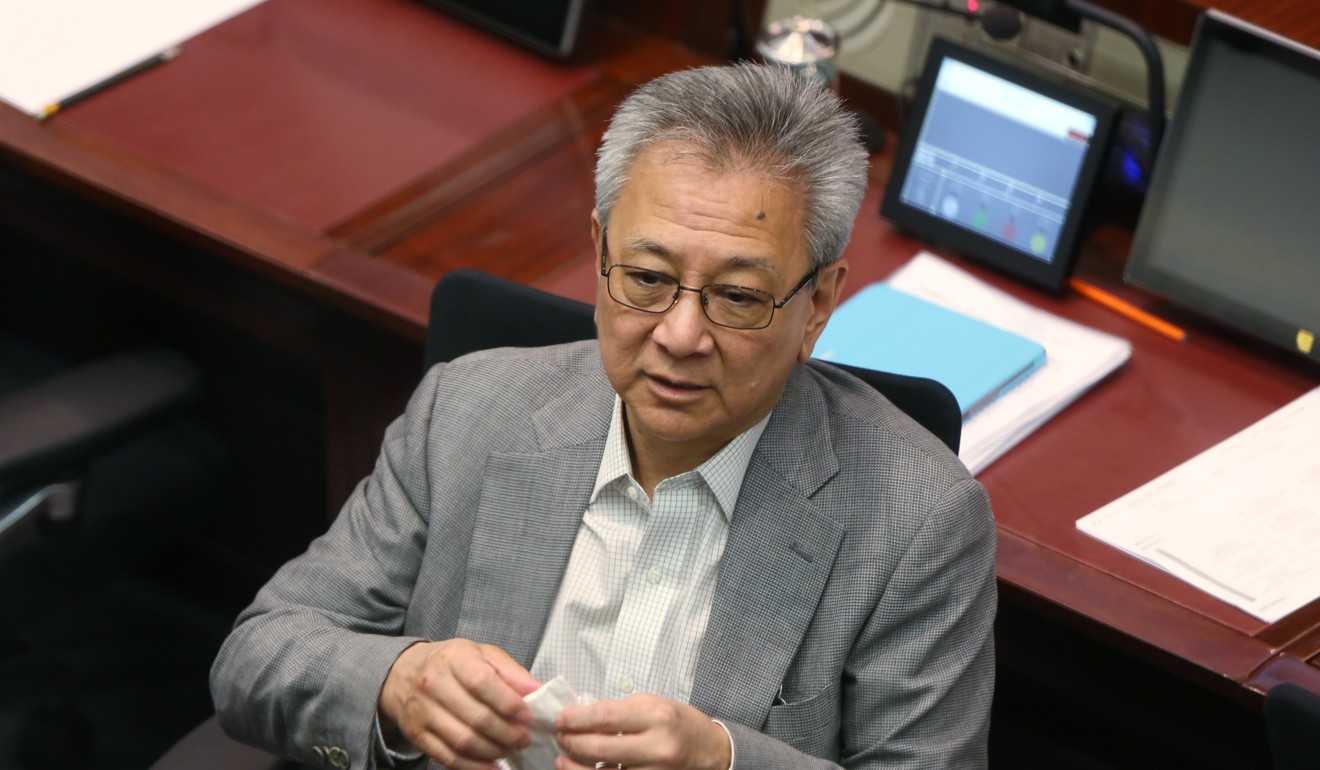
Close calls in Hong Kong airspace prompt lawmakers to look for answers over air traffic control system
There were reportedly 17 times in 2017 that two aircraft flew closer to each other than they should have – the highest count in 6 years
Hong Kong’s already congested airspace is only going to get busier, as the city’s airport races to open its third runway by 2023 to move 100 million travellers a year, and the four airports within 150km of it expand to meet burgeoning demand for passenger and cargo flights.
So recent news that there were 17 times last year when two aircraft flew closer to each other than they should have – the highest count in six years – prompted at least two lawmakers to call for renewed scrutiny of air traffic operations.

Tien, who heads Legco’s transport panel, said: “Why should we hang on to this? Simply, no one wants to admit that what we bought might not be the best – and last year has come and gone and the government hasn’t done anything.
“I am going to raise some red flags again.”
Singapore’s airport upgrade puts even more pressure on Hong Kong
He was referring to how the HK$1.56 billion (US$200 million) system – bought in 2011 despite not having a proven track record – threw up initial problems such as aircraft disappearing from radar screens, phantom ones appearing, and plane icons overlapping and duplicating one another, confusing air traffic controllers.
The Civil Aviation Department (CAD) scrambled to fix what it said were teething issues with the system.

But spurred by public worries over the glitches and flight disruptions, Tien submitted a motion in the Legislative Council in December 2016, asking the government to plan for a replacement of the system.
For the whole of 2016, there were 10 “loss of separation” events in Hong Kong airspace – the aviation term to describe two aircraft flying too close to each other.

Asked for his views last week, former CAD director Albert Lam Kwong-yu would only say the department had to stay vigilant if it did not want to compromise safety.
The department has previously been accused by former staff of not properly investigating air traffic incidents.
Pilots forced to brake on runway at Hong Kong airport to avoid cargo plane
Lawmaker and former pilot Jeremy Tam Man-ho of the Civic Party urged the government not to take the loss of separation rate “too lightly”.
The department should hire more experienced air traffic controllers to ensure staff were not overstretched, Tam said, as human error could contribute to these incidents.

He said he would support Tien’s plan to renew calls for a replacement air traffic control system if it was proved that the current one was causing the higher loss of separation rate.
The loss of separation figures were revealed in a Factwire news agency report last week, which also said there were two such cases from the start of this year to March 20.
More food options and a roof garden: inside HK$7bn airport revamp
The minimum safe distance for aircraft to reduce the risk of mid-air collisions, according to the International Civil Aviation Organisation, is five nautical miles horizontally or 1,000 feet vertically.
Drawing from international comparisons, Hong Kong’s rate of such incidents last year – one for every 41,228 flights – was close to Britain’s 10-year average.

From April 2016 to March 2017, Hong Kong’s air traffic controllers navigated 700,868 flights, according to the department’s annual report.
In the UK between 1998 and 2007, there were 572 loss of separation incidents for a total of 23 million flights, or an average rate of one incident for every 40,500 flights.
The airspace loss of separation rate in the United States was one in every 13,300 flights in 2016, based on a total of 15.8 million flights.
The Chinese airports snapping at Hong Kong’s heels
The department also records what it calls minor technical incidents – occurrences when the safe distance was breached momentarily, the breach was less than 10 per cent of the minimum separation and it would not pose any risk of collision if no action was taken.
Last year, there were 12 such incidents, the highest number in six years. There were four for this year up to March 20.

Hong Kong’s new air traffic control system overcomes teething pains
It was a point the department also made in a statement last Friday when it stressed that the system was working “satisfactorily”.
It added: “Whether under the old system or the new air traffic control system, loss of separation incidents took place occasionally.”
Additional reporting by Ng Kang-chung

